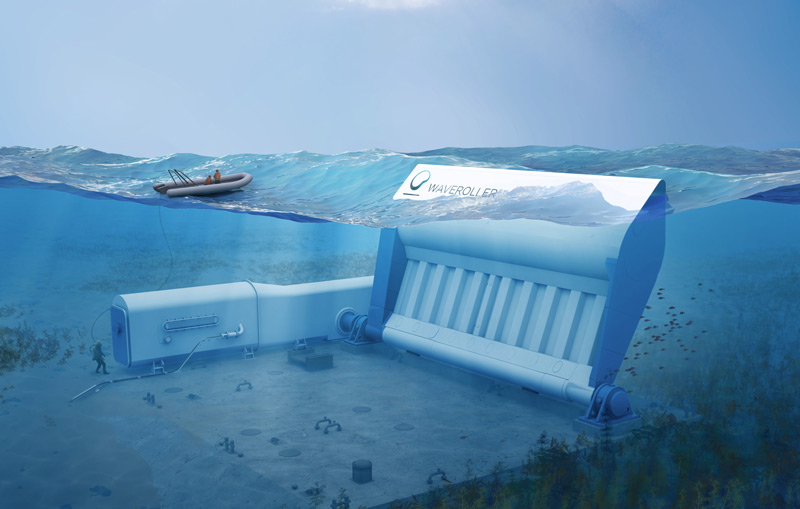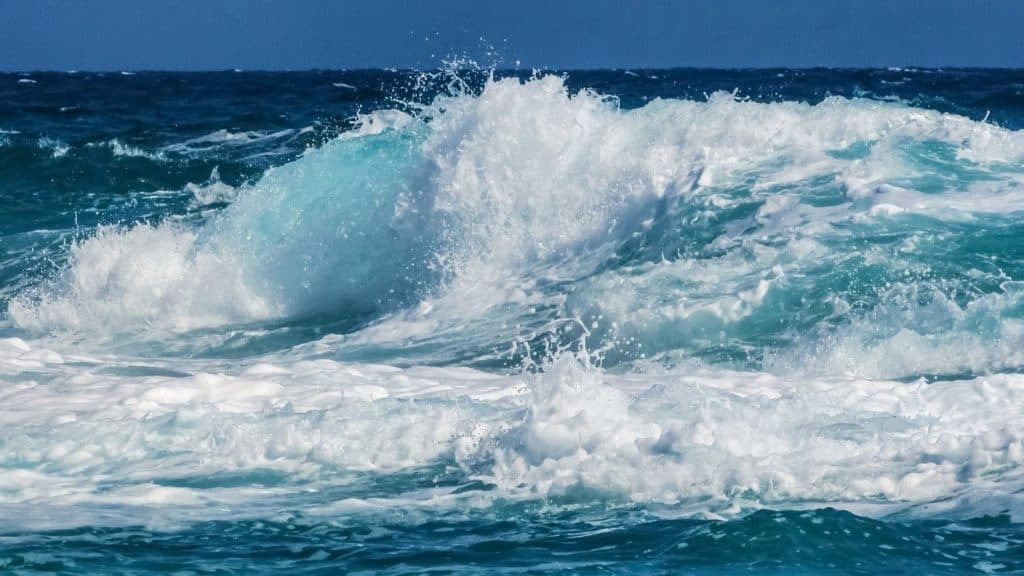In 2015, the United Nations (UN) created the Paris Agreement, improving global environmental sustainability. It calls on various countries, holding them accountable for their greenhouse gas emissions. Environmental engineers and scientists responded to the agreement by developing green technology.
Renewable energy systems can effectively reduce society’s reliance on emission-producing power systems. While the media highlights solar and wind power, other advancements are supporting sustainability-enhancing goals. Professionals created a device producing clean energy from ocean currents. Here’s a look at it.
Challenges With Conventional Energy Sources
Before we explore the new wave power technology, we must assess the need for renewable energy systems. Nearly 43% of the U.K.’s electricity supply comes from fossil fuels. During the production process, fuel combustion releases greenhouse gases into the environment.
When the gases invade the atmosphere, they change its composition and hinder its ability to maintain life-sufficient surface temperatures. Naturally, Earth produces heat from solar radiation. It uses the energy to warm its surface, supporting the global ecosystem.
The atmosphere also absorbs the excess heat, sending it to space and preventing surface overheating. Greenhouse gases alter the process with their high sunlight-to-heat exchange rate. They also trap additional energy in the atmosphere, filtering it back through the heat production process.
Over time, emissions increase Earth’s temperature, creating various adverse ecological effects. Water displacement, habitat destruction, resource scarcity, and agricultural limitations derive from overheating. Localized surface emissions also create harmful environmental impacts.
In urban areas with vast transportation and building emissions, air pollution produces ground-level ozone. Limited vegetation levels and more asphalt surfaces attract high quantities of sunlight. The combination of pollutants and sunlight increases regional temperatures.
In the summer, the urban heat island effect causes heat stroke and other fatal health complications. It also increases the demand for air conditioning, which creates more emissions. Individuals can shrink their carbon footprints and improve atmospheric conservation by learning about and using wave energy.
What Is Wave Energy?
Engineers began developing wave power by studying natural oceanic patterns. Waves derive from the wind. Hurricanes and planetary pulls also produce waves. During storms, high winds and storm surges move water with friction and pressure variations. Different lunar phases additionally create tidal waves, moving water towards and away from the moon.
Ocean waves create significant amounts of energy. They have the potential to develop 2.64 trillion kilowatt-hours (kWh) of electricity. The west coast of the U.S., Europe, Japan, and New Zealand can produce enough wave energy to support societies’ power demands.
What Is a Water Wave Generator?
After evaluating the clean energy potential associated with waves, professionals started developing water wave generators. Scientists from Dalian Maritime University’s Marine Engineering program explored natural patterns compatible with triboelectric nanogenerators (TENGs). They found seaweed can vibrate and move to charge TENGs, creating electricity.
The water wave generator technology can produce clean energy from devices with 100 kilopascals (kPa) of pressure. Seaweed-derived power systems create emission-free wave power, increasing atmospheric conservation possibilities.

Potential Uses
Water wave generators can support residential and commercial energy demands. Businesses can use wave power to shrink their carbon footprints, improving their eco-consumer appeal. It also helps them receive LEED certifications, gain eligibility for tax credits, and improve their finances over time.
The U.K. can additionally adopt the technology to meet its sustainability goals. Prime Minister Boris Johnson created an emission-reduction plan, reducing air pollution by 78% in the coming decade. Energy professionals can use wave power to support the clean electric grid, meeting demands.
Additionally, the U.K. can support residents’ health by minimizing local emissions. When individuals inhale air pollutants like carbon dioxide, their risk of lung cancer and other respiratory illnesses increases. Water wave generators protect the global ecosystem, including humanity’s health.
Supporting Technological Advancements
You can shrink your carbon footprint and promote ecological conservation by supporting wave energy technology. Individuals may increase funding for green engineers by voting for sustainability-focused representatives. You may also increase your support of clean energy systems by educating your community and spreading awareness around emission challenges.
